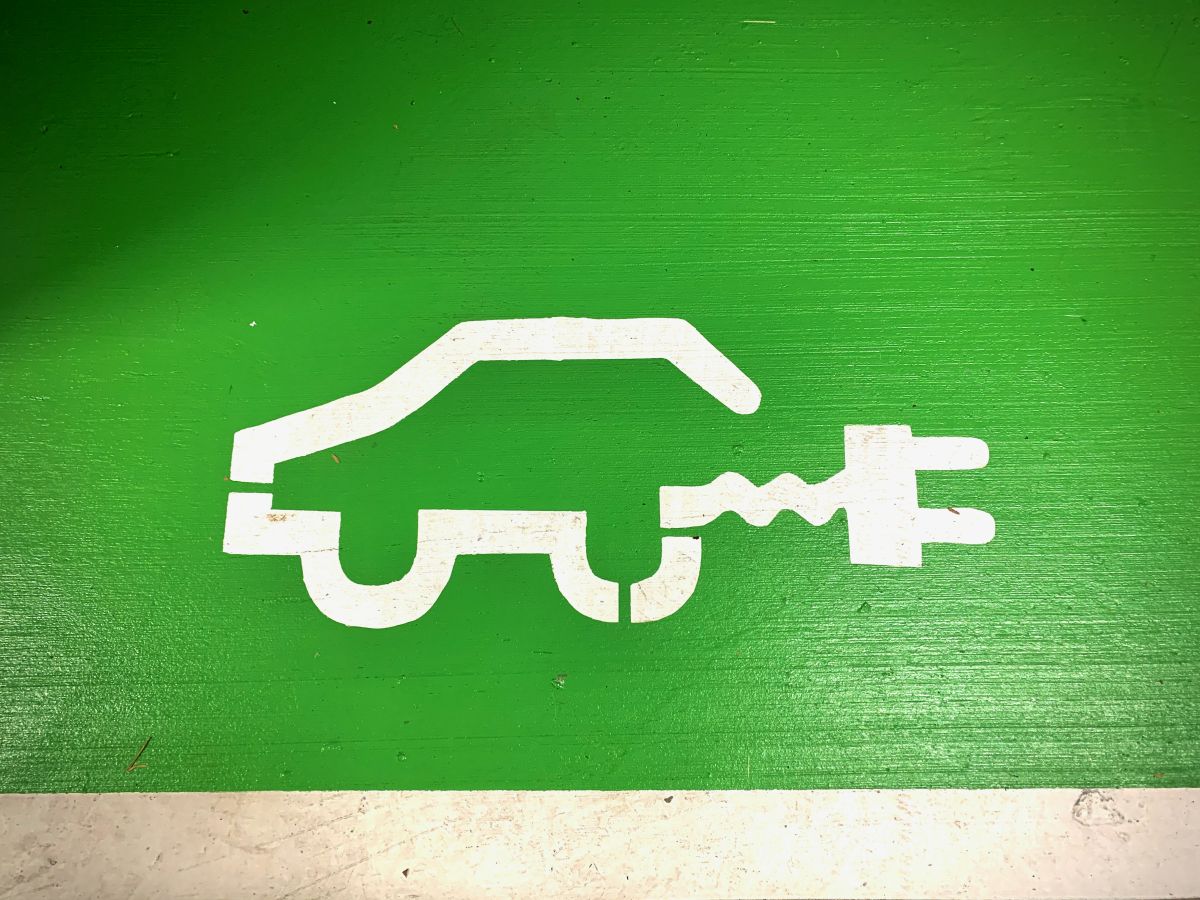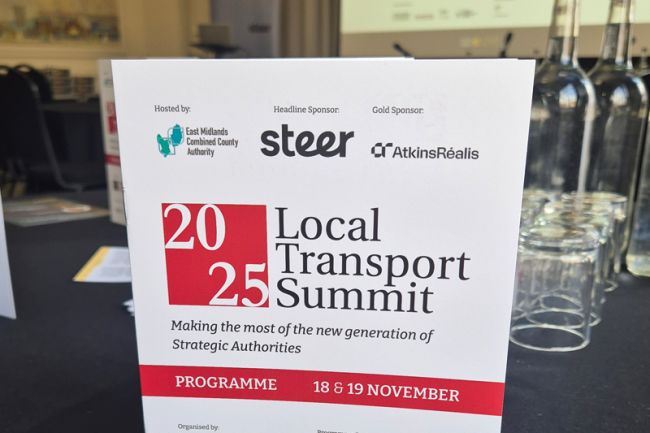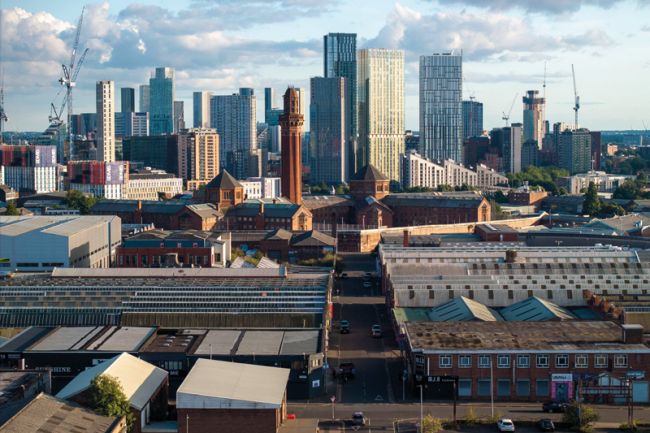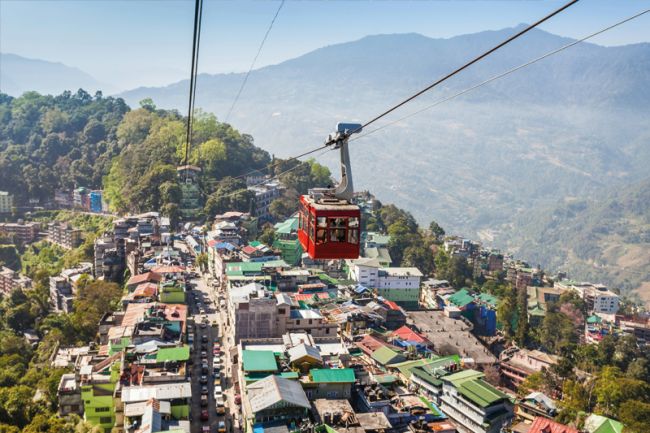As we make the switch to electric vehicles what regulations are shaping the transition?
EVs are bringing a myriad of infrastructure changes that consumers and governments need to prepare for.

We have been driving internal combustion engine (ICE) vehicles for over one and a half centuries and diesel and petrol fuel pumps and forecourts are an embedded part of our motorways, country lanes and city streets.
Soon to be widely adopted, Electric Vehicles (EVs) are bringing a myriad of infrastructure changes that consumers and governments need to prepare for. The diversity of charger power ratings, multitude of potential charging locations and ever evolving battery and charger technology is providing challenges we are not accustomed to after the relative consistency of the ICE era.
I feel privileged to be able to work with and for a diverse set of clients, many of whom attained the remit for EV Infrastructure (EVI) development in their organisations alongside a mountain of other pre-existing responsibilities and duties. Even as an individual whose career is wholly devoted to EVI consulting, working in a team with others aligned on this mission to support a smooth transition to EVs, it is often hard to keep up with all the changes.
Here are my reflections on the top five developments to rules, regulations and standards that are driving the EV and EVI industry in the UK.
Smart Charging Regulation (2021/2022): In 2021 the UK Government brought in this regulation to address the issue of grid overloading.
As far back as 2015 I was involved in work that examined this impact of road transport electrification and found that EVs could double the After Diversity Maximum Demand (a technical term related to the maximum load of a typical house when accounting for differences in the timing of peak electricity demand along a street). This could lead to the local electricity network overloading during the evening peak, despite there being plenty of time and capacity for those vehicles to charge overnight. Smart Charging Regulation mandates that all private charge points sold in Great Britain must have the functionality to enable smart charging. This includes the ability to respond to signals to change the rate or time at which electricity flows through the charge point, the ability to incorporate pre-set, off peak, default charging hours and allow the owner to accept, remove or change these.
Electric Vehicle Accessible Charging Specification,PAS 1899 BSI Standard (2022): In the early stages of EV charger rollout disabled drivers, passengers and pedestrians experienced accessibility issues when navigating public charging points. Difficulties included charging units at an unsuitable height for wheelchair users, charging cables that were too heavy to lift and connectors that require a high level of force to use, as well as features of the streetscape such as the size of the parking bay or the height of the kerb.
The open-access PAS 1899:2022 Accessibility Standard aims to embed good practice and encourage providers to think about inclusive design from the start of the planning process.
Today there are two Motability Foundation endorsed assessment schemes that exist to support this process - BSI Kite Mark and AccessAble - with the latter of these being launched in its fullness this year.
Ofgem Access and Forward-Looking Charges Significant Code Review (2023): A major barrier to rolling out charging infrastructure has been the significant cost of connecting chargers to the grid in certain locations where the network is more constrained, creating a ‘postcode lottery’ for public chargers.
Through the aforementioned Significant Code Review Ofgem prohibited electricity network operators from passing on the reinforcement costs to the connecting demand customer (generation customers still have to pay for necessary reinforcements), thus levelling the upfront cost for new EV charging hubs across the country. Details on the caps and changes can be found here.
Today, connection requests to the electricity Distribution Network Operator before April 2023 can be resubmitted for a potentially significantly reduced quote.
The Public Charge Point Regulation (2023): The early public charge point network saw poor customer experience as a result of unreliable hardware, unclear pricing information and inconsistent payment methods among other factors.
Following a Competition and Markets Authority (CMA) Market Study and government consultation The Public Charge Point Regulation sets out a number of rules including the requirement for all chargers rated >8 kW to be able to accept contactless payments, chargers rated 50 kW and above to be (on average) reliable for 99% of the calendar year and Charge Point Operators (CPOs) to provide a staffed, 24 hour, telephone helpline free of charge to consumers.
Key Performance Indicators and KPI management plans in Local Authority or Developer contracts with CPOs can further support a smooth customer experience.
ZEV Mandate (2023): Alongside all these positive changes the UK Government’s ZEV Mandate (as of the end of 2023) is also now law. Automotive manufacturers will now have to sell an increasing proportion of cars and vans each year that are fully electric or face hefty fines. In 2025 28% of cars and 16% of vans sold will have to be zero emission and by 2035 no new ICE or hybrid cars or vans will be allowed to be sold. There are derogations for manufacturers registering fewer than 2,500 cars of vans a year and various flexibilities, particularly in the early years, related to banking, borrowing and trading allowances. (Allowances are the unit in which compliance will be measured). This gives infrastructure investors confidence to rollout the public charge points required to meet demand.
What aspects of the market and industry do you think need to change? And how? What regulations are needed now and how might innovations alter the requirements in the future?



























